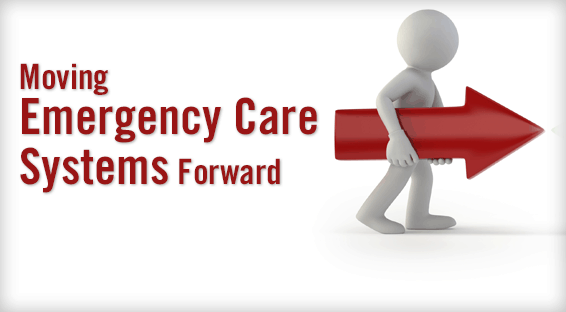Emergency care is an essential component of healthcare delivery in the United States but remains outdated and fragmented. A common sense approach to increasing the value of emergency care delivery is to develop regionalized integrated networks by taking advantage of market, financial, and technological changes to achieve a critical shift in emergency care. Instead of getting time-sensitive patients to the right place at the right time, regional networks can focus on delivering the right resources to patients at the right place, right time, and right cost.
The delivery of care at specialty centers has grown in recent years but has resulted in some unintended consequences. Specialty evaluation resources and capabilities have become concentrated at urban specialty centers and hospitals with higher volumes than smaller, suburban, and rural hospitals. Over time, smaller hospitals have needed to unnecessarily transfer many local patients to bigger facilities for further evaluation. This can increase unnecessary costs, delay care, lead to a loss of capabilities, and undermine financial viability. With changing demands and payment models, the continuum of emergency care must be transformed to provide high-quality care at lower costs and across distances.
A New, More Integrated Model
To replace our fragmented system, a web of interconnected but separate hospitals and providers should be developed. These institutions should have shared quality and performance goals and incentives to improve outcomes across conditions, levels of acuity, and facilities. This type of integrated system can dramatically change day-to-day care delivery and improve local, regional, and national abilities to respond to public health emergencies. Real-time telemedicine interfaces and communications can be used to facilitate specialty care to places that lack this important resource.
All resources in short supply should be shared across regions. To that end, next steps include:
- Leverage emerging health information exchanges (HIEs). HIEs can help establish regional care coordination exchanges, in which system resources and personnel would also be shared to facilitate timely patient care.
- Streamlining and standardizing licensure and privileging procedures. This should be done across geopolitical boundaries—especially for virtual consultations—to address workforce shortages and improve access to emergency care and facilitate disaster preparedness. If diseases and people can cross hospital and state boundaries, so should the ability to provide care.
- Building on risk-sharing financial models. This can allow for innovative staffing and care delivery and incentivize system-based outcomes.
Emerging technologies, infrastructure, and care models offer opportunities to develop more efficient, effective, and safer systems of care that provide higher value across a region. Policy makers, healthcare industry executives, and providers should take advantage of these opportunities and accelerate the development of patient-centered, value-driven integrated networks of emergency care.




 TimH
TimH